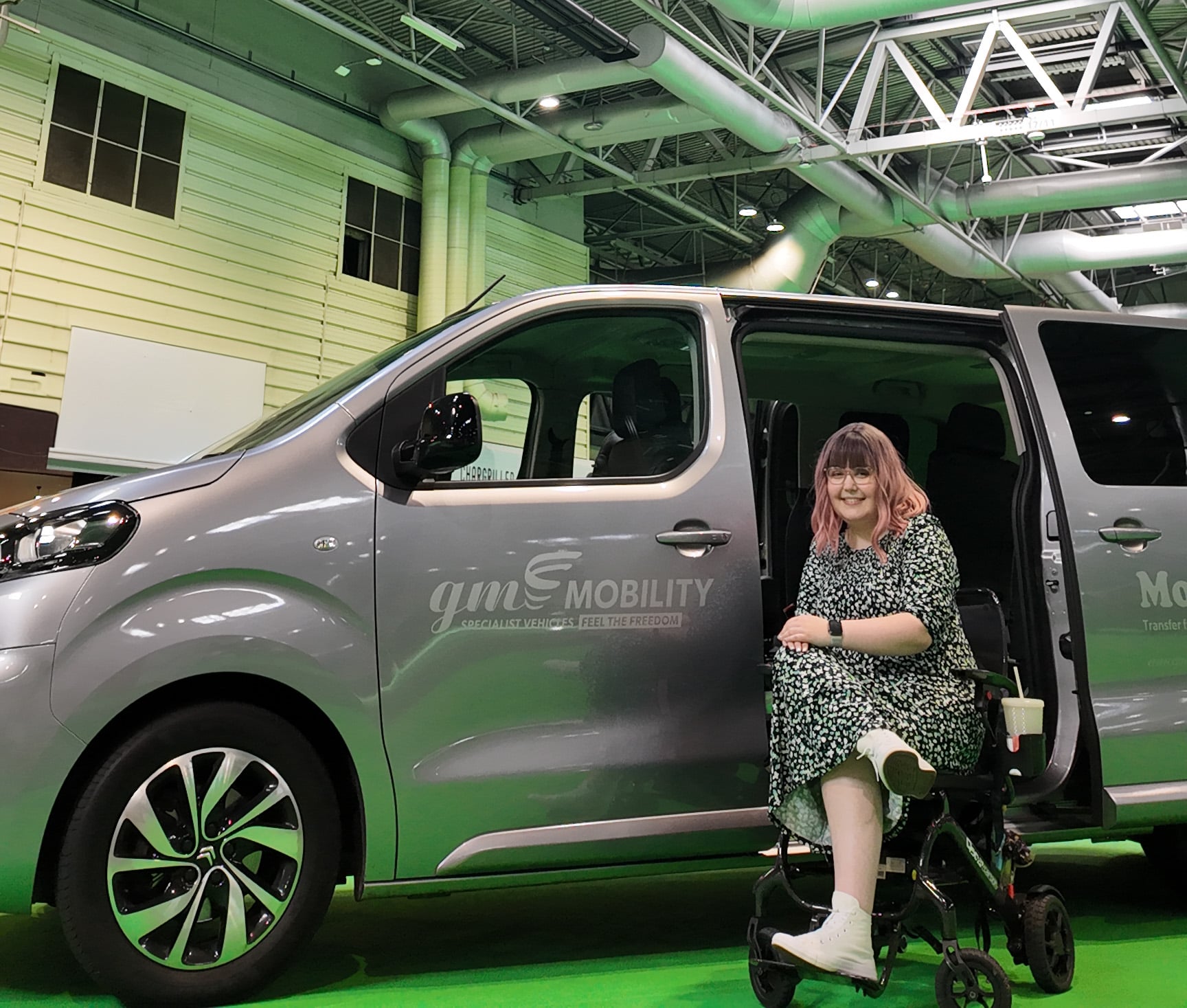Trying to find your way through the world of employment while managing a disability or health condition is no small feat. You may have heard of Access to Work (ATW)—a government grant designed to support you in the workplace. But, like many people, you might be wondering: What can an Access to Work Grant pay for?
The truth is, while Access to Work is incredibly helpful, there’s very little clear guidance on what the grant can be used for. Having been a recipient of ATW myself in the last few years—and having supported many customers through Inkfire —I’ve seen it from both sides. Let’s break down what kind of things you can claim for in my experience and attempt make the process a little less overwhelming.
What Is Access to Work?
Access to Work is a UK government grant that helps disabled people or those with health conditions (diagnosed or undiagnosed) to overcome work-related barriers. Unlike benefits, it’s not a fixed amount of money. Instead, it’s tailored to your specific needs. Whether you’re self-employed, employed, or starting a new job, this grant is designed to make the workplace more accessible for you.
What Can Access to Work Pay For?
Here’s where it gets tricky—there isn’t a definitive list of what Access to Work will cover because it’s based on your unique circumstances. However, here are some key areas people often claim for:
1. Specialist Equipment and Tools
Access to Work can help fund equipment or tools that make your job more accessible and manageable, such as:
- Ergonomic office equipment like specialised mice, keyboards, office chairs, desks, monitor stands, or dual monitors to help with posture or repetitive strain injuries.
- Equipment to improve focus and comfort, such as a sit/stand desk or noise-cancelling headphones to minimise distractions. Noise-reducing earbuds may also be funded, such as Loops, to help you to manage noise in the work environment.
- Remarkable pads or other digital tools for taking notes, organising tasks, or managing workloads. The grant is also often able to cover digital subscription costs for you, if there’s a software or tool you need.
- Lighting to make your office space more friendly for sensory needs, including a SAD lamp.
- Protective cases and bags for your devices, particularly if you’re prone to being clumsy due to your disability.
2. Travel to Work
If public transport isn’t accessible to you or you face barriers while travelling, ATW can cover:
- Taxi fares or funding for accessible transport.
- Accompaniment if you can’t travel alone, including funding for a carer or personal assistant to travel with you, even if it’s only occasionally.
- Travel allowances if you drive your own vehicle, especially if public transport isn’t an option.
3. Support Workers
If you need personal or professional support to manage your workload, Access to Work can fund:
- A virtual assistant (VA) to help with business or personal tasks you find challenging, like bookkeeping, marketing or admin. This could also include things like making phonecalls for you, if you find this challenging.
- A business mentor to guide and support you as a self-employed person or business owner. This can include anything from helping you grow, to strategising your next year of business.
- A neurodiversity or accountability coach to help with organisation, focus, and managing work-related challenges.
- A job aide (in-person) to assist you with getting to and from work or to provide support during the day, ensuring your tasks are manageable.
4. Mobility Aids
If mobility is a challenge, ATW can cover equipment to help you perform your role more effectively, such as:
- Wheelchairs (manual or powered) to help you get around and do your job better.
5. General Workplace Adjustments
Access to Work may also fund larger workplace adjustments that go beyond what your employer is required to provide under reasonable adjustments. These could include:
- Modifying your workspace to suit your needs, such as improved lighting, quieter spaces, or adaptable furniture.
- Tailored support to help you manage tasks that would otherwise create barriers.

Important to Remember
Access to Work funding is designed to help with any barriers you face that are above and beyond what your employer is legally obligated to provide under “reasonable adjustments.” As long as you can justify why the funding is necessary in relation to your disability or condition, it’s worth asking. Think creatively about your needs—sometimes the solutions that work best aren’t obvious, but ATW can be flexible in its support.
Things I’ve Learnt from Access to Work
As both a recipient of Access to Work and someone who supports others applying for it, here are a few insights:
Get Help if You Need It: The process can feel overwhelming, so don’t hesitate to ask for guidance, whether that’s from an advisor, a support organisation, or someone who’s been through it (like me!).
Be Specific: The more detailed you are about what you need and why, the more likely your claim is to be approved.
Don’t Assume Limitations: ATW isn’t just for equipment—it’s there to cover any barrier to work, as long as you can justify it.
Access to Work is a game-changer for making workplaces more inclusive, but it’s often underused due to a lack of clarity around what it can fund.
If you have any questions about Access to Work, feel free to reach out or leave a comment below. I’d love to help. If you’re looking for support for a grant you’re about to receive, I’d highly recommend my business Inkfire – I might be bias, but I think we’re pretty great!










